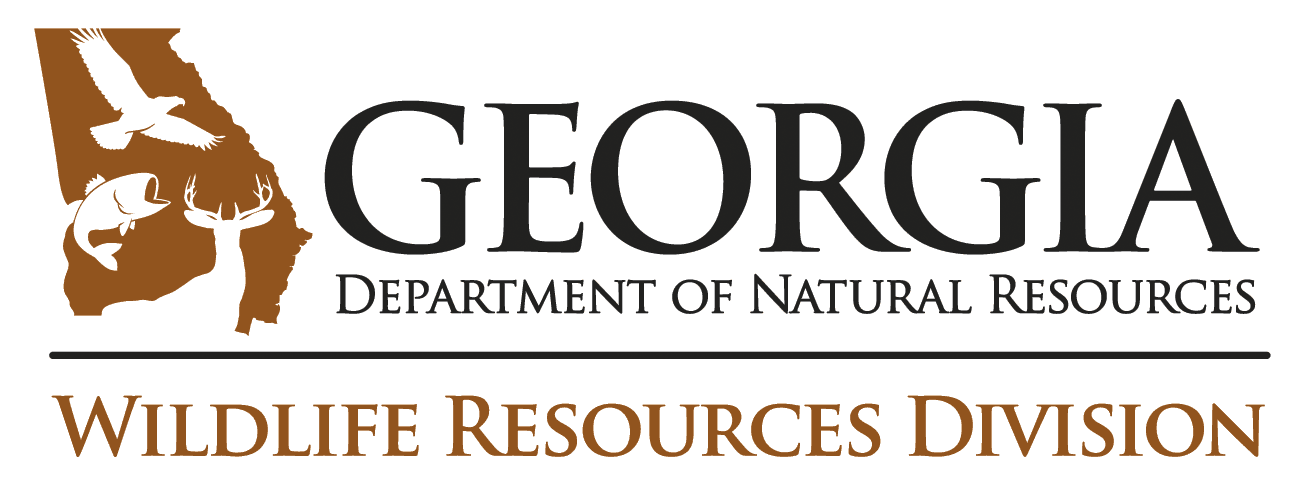Georgia DNR Bass Stocking Experiment on Lake Allatoona
Georgia Department of Natural Resources Wildlife Resources Division 08.07.13

Georgia anglers spend more days fishing for bass than any other freshwater species in the state. Lake Allatoona is no exception and over the last decade there has been a growing call from bass anglers on this lake to enhance fishing quality by improving largemouth abundance.
Largemouth bass are a common native bass species found throughout Georgia’s lakes, ponds and rivers. While this species already exists in Lake Allatoona, it is far less common than its cousin, the spotted bass.
“Largemouth bass currently make up only 10-20 percent of the black bass population in the lake,” said Jim Hakala, fisheries biologist. “This indicates a population balance that has shifted as they were much more abundant decades ago than they are today.”
In an effort to assess the effectiveness of stocking largemouth on Allatoona, the Georgia Department of Natural Resources’ Wildlife Resources Division began a three-year study this summer during which a quarter million largemouth bass fingerlings (1-2 inches) will be stocked each year through 2015. Additionally, several thousand larger bass (5-8 inches) will be stocked each fall. This will allow biologists to evaluate the stocking success between two different size classes of largemouth as they grow into adults.
Largemouth bass typically attain larger adult size than spotted bass, a trait favored by many bass anglers. If this multi-year stocking experiment works, then largemouth bass may eventually comprise a larger proportion of the black bass population in the lake.
In recent years, largemouth fingerlings were stocked into Lake Nottely in north Georgia to reverse declining largemouth bass abundance. The early results of that study have shown promise for increasing largemouth numbers in a spotted bass-dominated lake. “These findings suggest there may be a chance to improve largemouth abundance in Allatoona through stocking,” said Hakala.
While the stocking phase of the Allatoona study is set to last through 2015, fisheries staff will monitor largemouth bass abundance through 2018, as they grow to adult size. This will help biologists assess the contribution of stocked fish to the Allatoona largemouth bass population through time, and guide future management decisions.
For further information or questions about this study, contact Fisheries Biologist, Jim Hakala at the WRD Fisheries Office in Calhoun, GA (ph. 706-624-1161).

